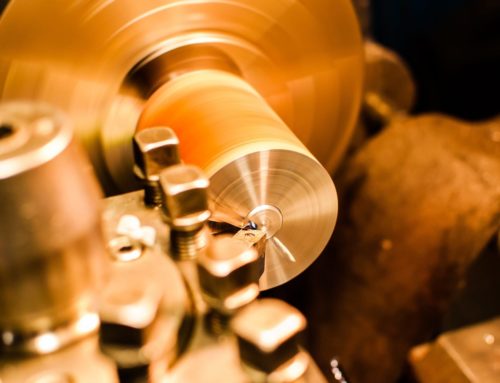As hard as it is to get something moving, getting it to stop is more difficult. This applies equally to physical forces as it does information
Rather than applying a slowing force to a moving shaft, a motor brake needs to remove all motion or counteract the force. This reliably stops a motor faster than mechanical friction.
In industrial and manufacturing applications, bakes need to stop quickly, bordering on instantly. In some applications, this is to prevent injury from the machine continuing to run. In others, it is to halt the motor and components to allow iterative tasks to be performed.
Regardless of the application, a motor brake needs to work efficiently. The following explains the types of motor brakes and the specific functions of each type.
Spring Set Motor Brake
These brakes use springs to apply torque. They operate as fails-safes and holds because the spring works sans electricity. When the power is cut the spring pushes into place, holding the load and stopping the motor.
These are not designed to disengage quickly, making them good as stops but not for stop/start applications.
Electrically Set Brake
Functioning only when powered, electrically set brakes actively apply a stopping force to the motor. these are often found in magnetic actuated motors where the magnetic fields both power the motor and the braking.
This type of braking finds use in manufacturing and factories where tight control is a necessity. This type of motor brake also works as a safety stop.
Injection Braking
The most common type of electronic motor brake is the injection brake. This uses an electromagnetic field to both power the motor and to apply braking.
A DC or AC motor functions through an applied current pushing a magnetic pole rotor. The poles of the stator surrounding the rotor apply the force that turns the shaft. When a static DC current is ‘injected’ into the motor, the poles of the stator become static and hold the rotor.
For AC motor braking the AC current needs to disengage for the DC injection braking to occur. Alternating current is not used for direct braking.
The power is two-fold, the current that previously pushed the rotor is now gone and it now applies hold. Injection braking provides quick stops, even at high torque but doesn’t provide enough force to counter high loads.
Dynamic Braking
For high loads, dynamic braking is the go-to braking method.
In dynamic braking, the motor is not only disconnected from an electric current that previously provided force but is switched to a motor running in the reverse direction. This provides immediate stopping of equal force to the running motor, both stopping and applying enough force to sustain the load.
DC motor brakes dissipate excess rotational energy to resistors in the form of heat.
Don’t Stop Here
This brief overview of the function of a motor brake gives you an idea of why they are efficient and effective.
The lack of mechanical friction lowers maintenance costs and provides fail-proof braking.
For more information on our offerings and range of brakes, contact us.






